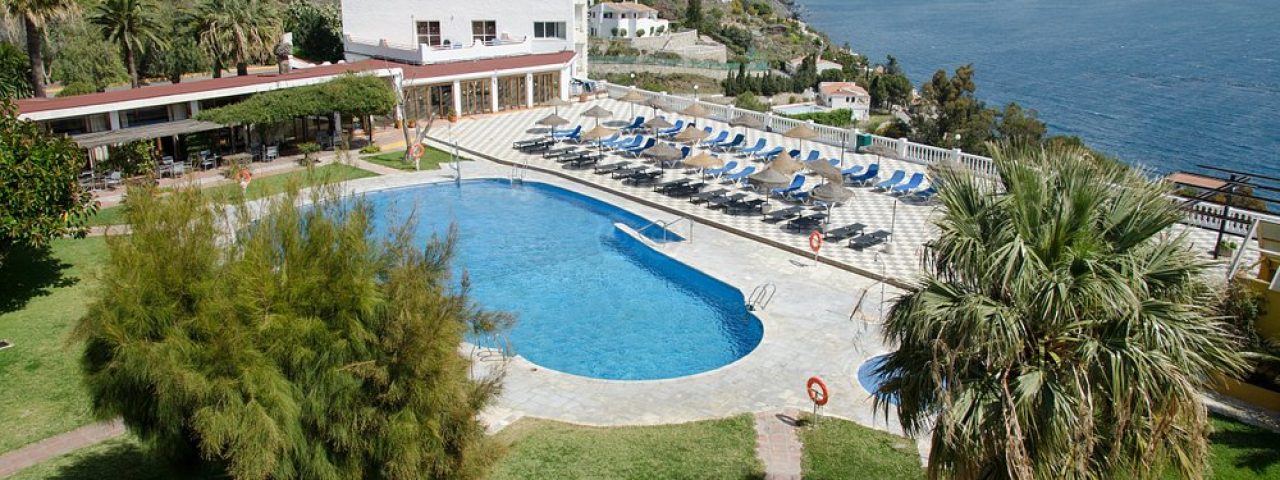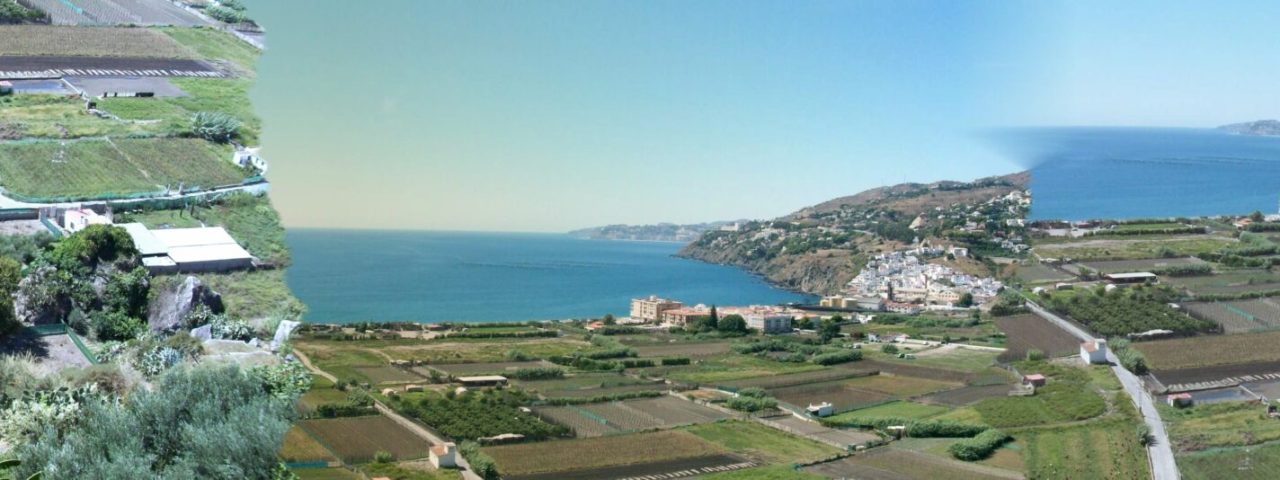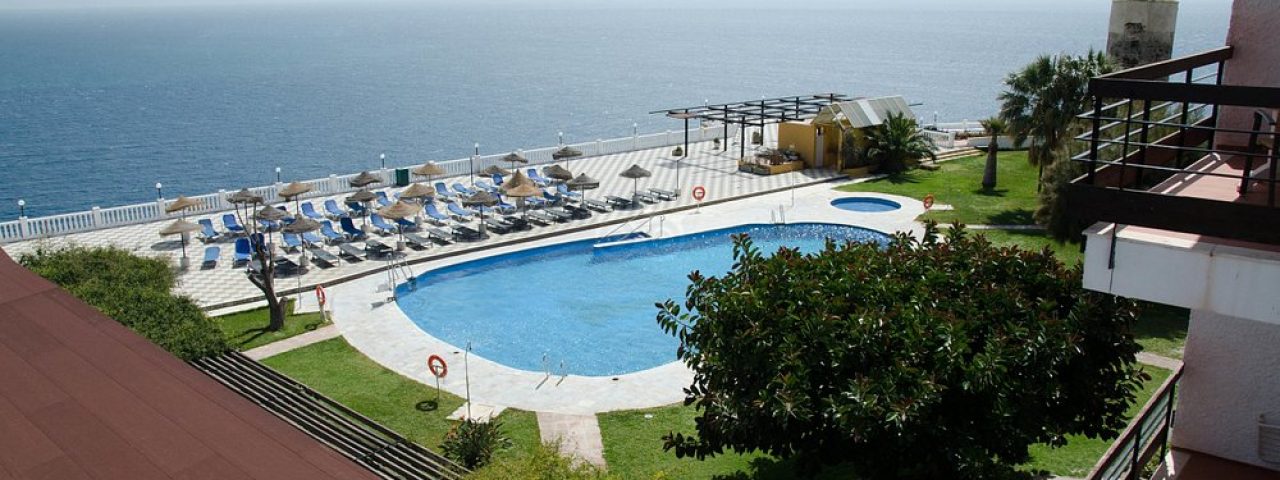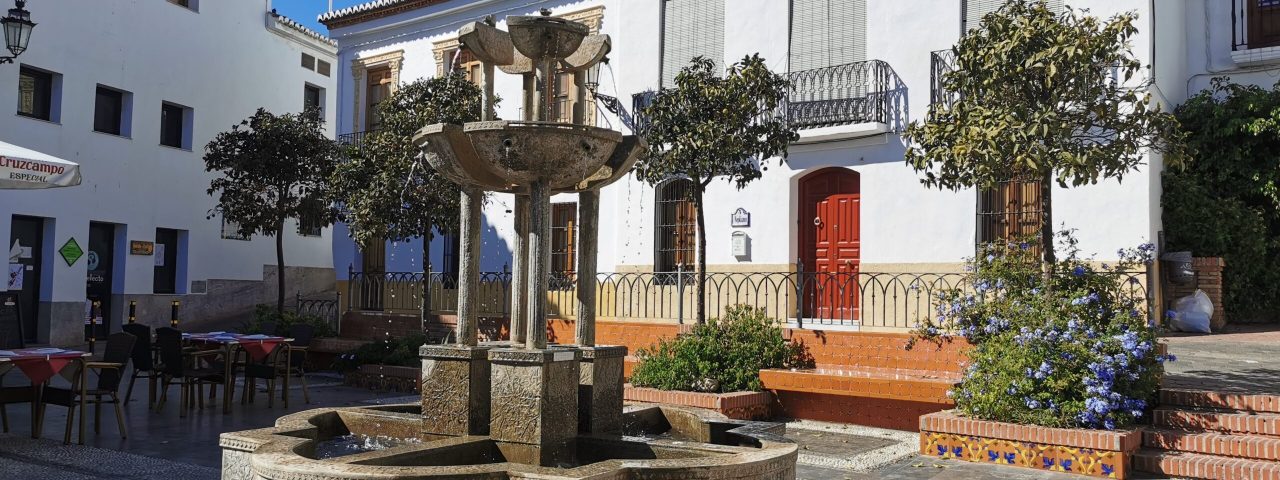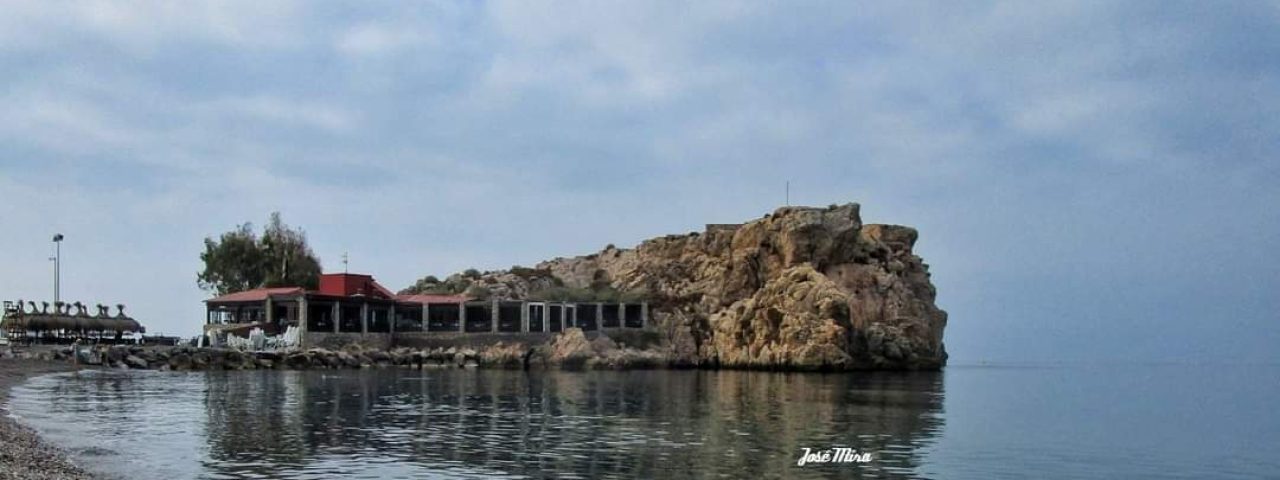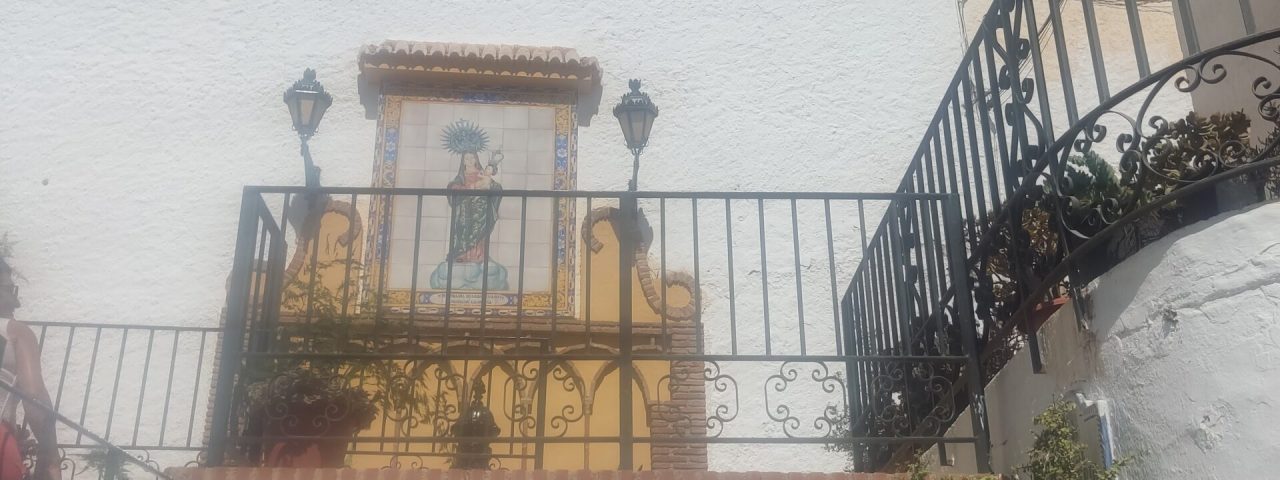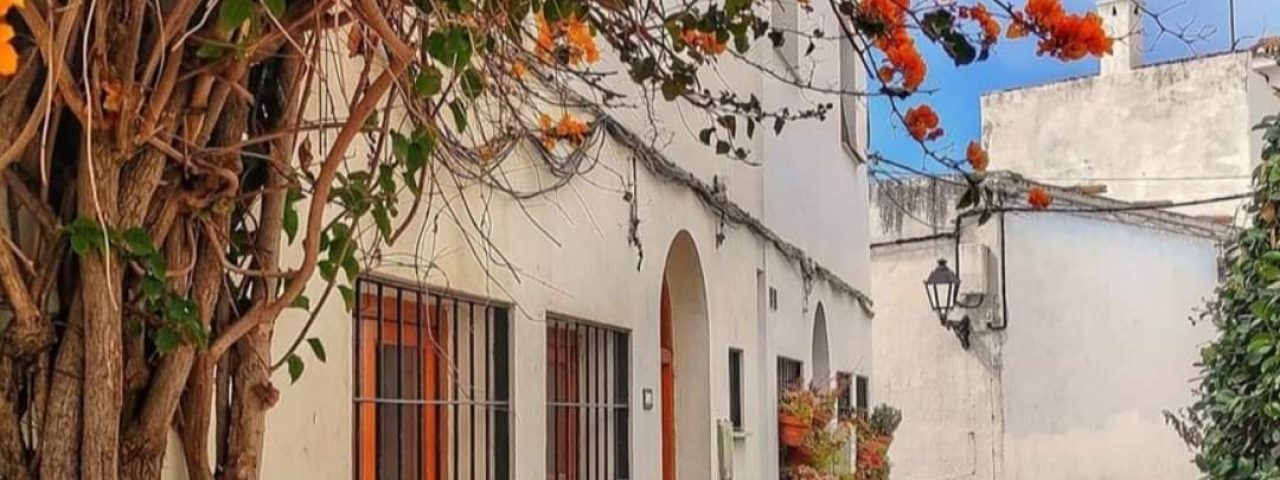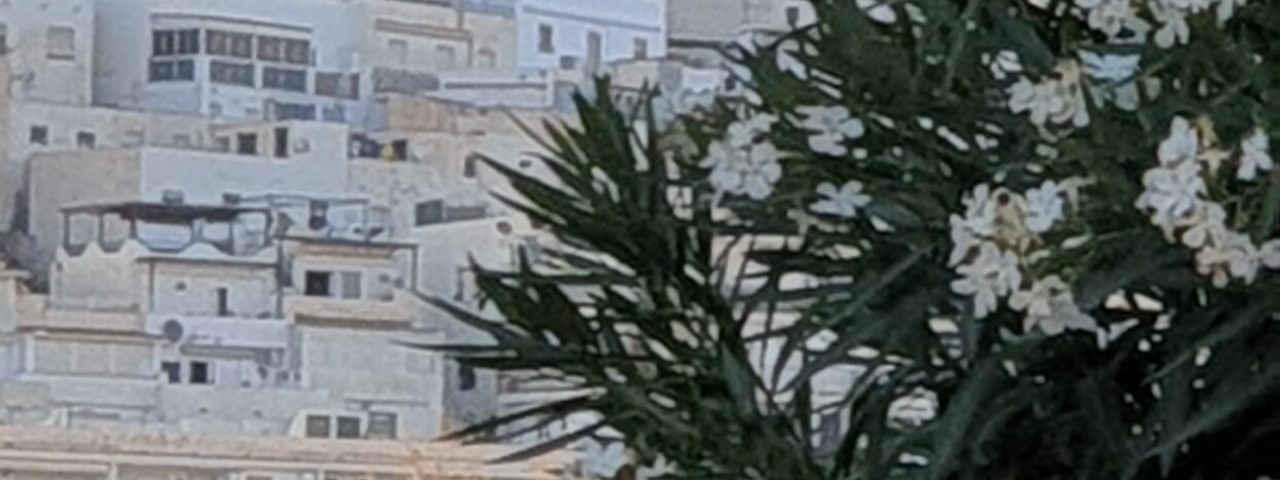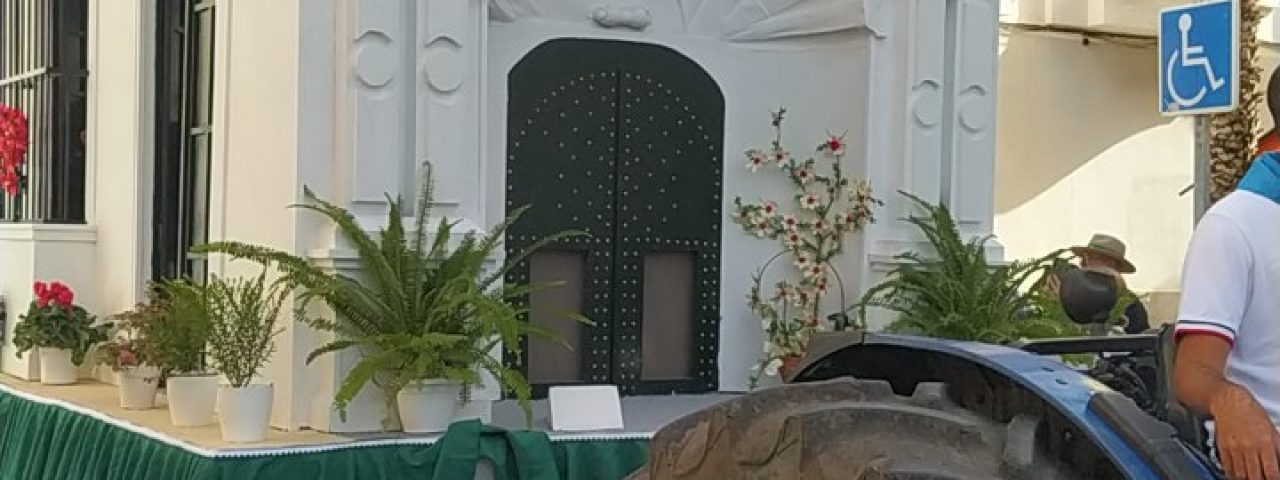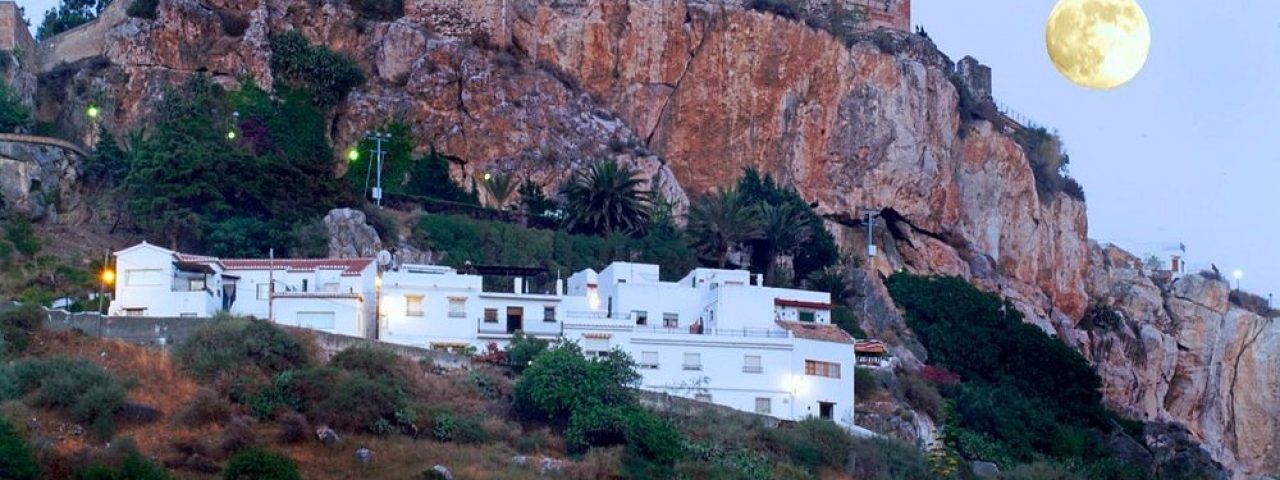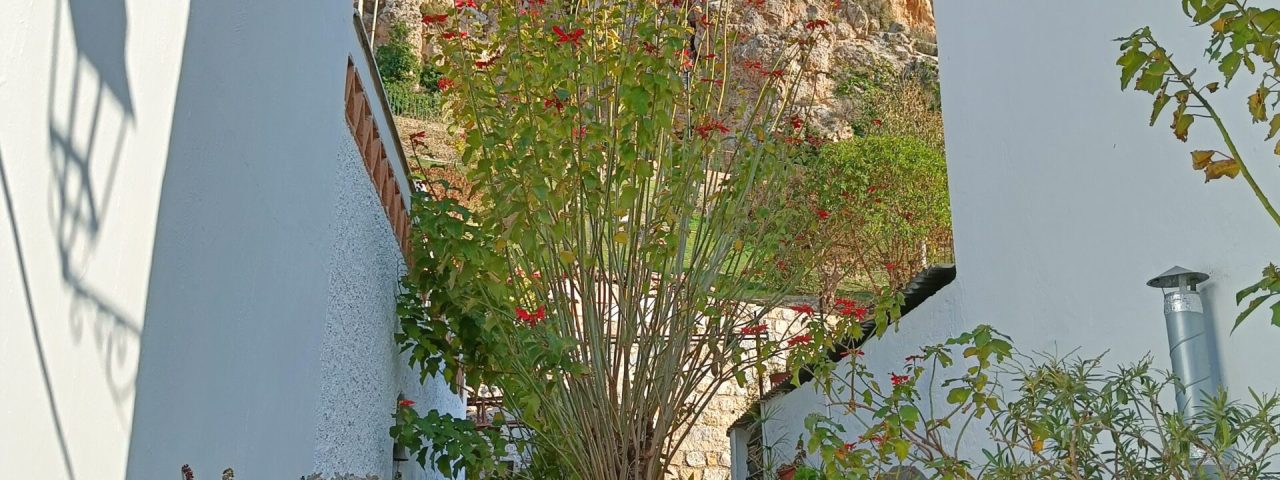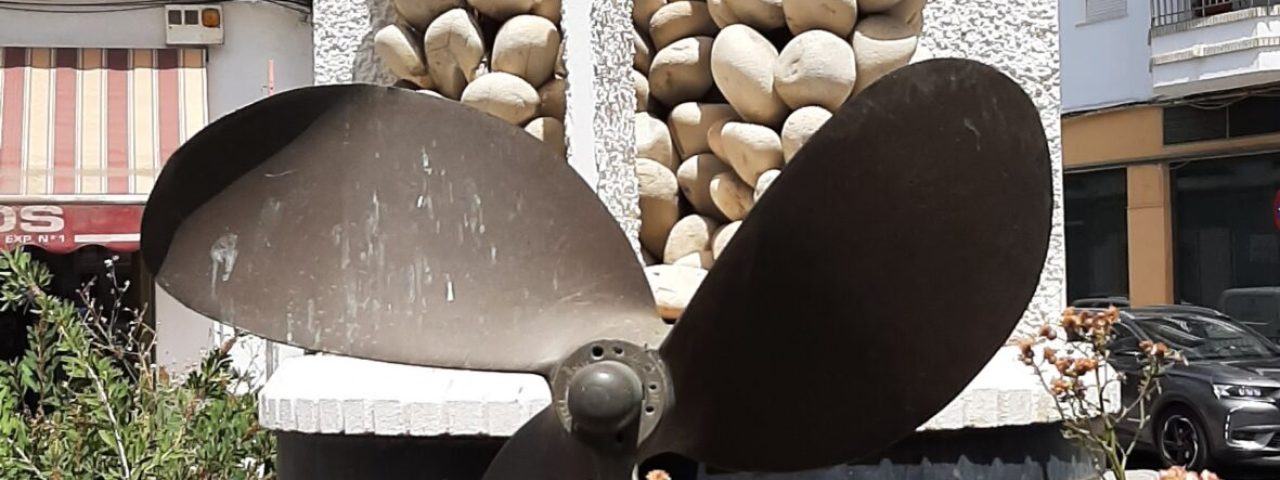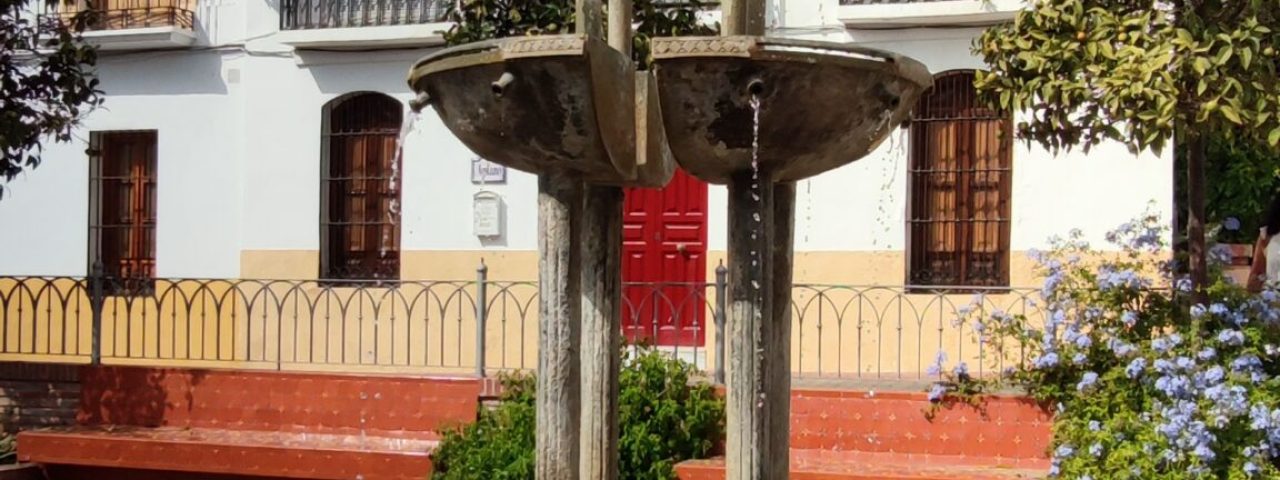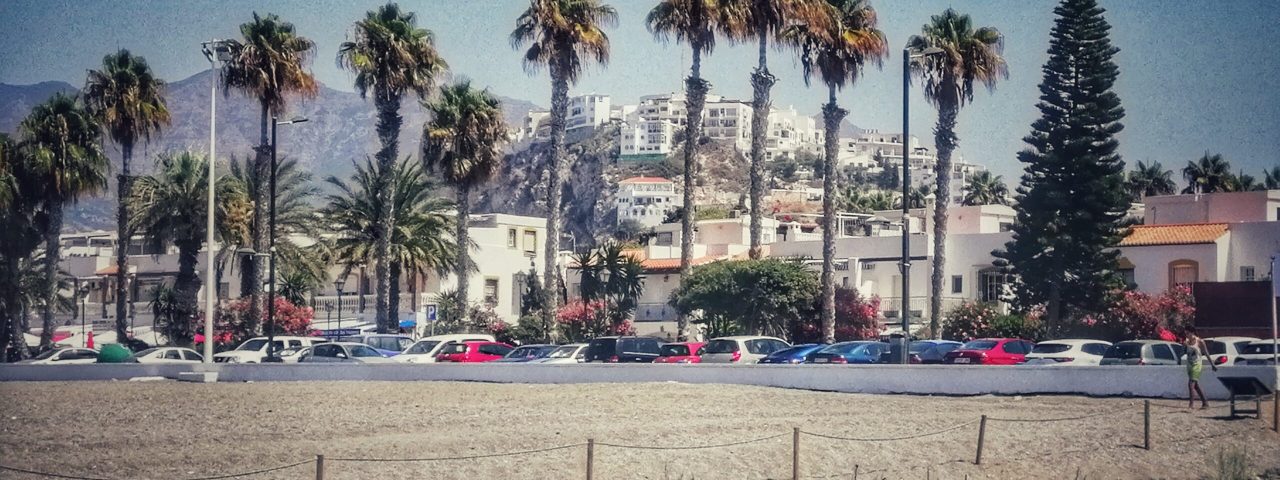Salobreña has a rich and diverse history that dates back thousands of years, with significant influences from Roman, Moorish, and Christian civilizations. The town’s most iconic historical site, the Moorish castle, dates back to the 10th century and served as a strategic fortress during the Islamic period. After the Christian Reconquista in the late 15th century, Salobreña became a part of the Kingdom of Castile, and its cultural identity continued to evolve.
Cultural traditions run deep in Salobreña, with vibrant festivals that reflect its Andalusian roots. One of the most notable is the celebration of the “Fiestas del Carmen” in July, which honors the town’s patron saint with processions, music, and fireworks. Easter in Salobreña is also a deeply emotional event, marked by solemn religious processions and gatherings. Flamenco music and dance, a hallmark of Andalusian culture, can be experienced in local venues, especially during festivals and cultural events.
Customs such as the siesta, afternoon breaks to avoid the hottest part of the day, remain prevalent in Salobreña. The town’s historical landmarks, such as its old quarter with narrow streets and whitewashed houses, are a testament to its Moorish past. Visitors can explore not only the castle but also the beautiful 16th-century Church of the Rosary, built on the site of a former mosque.
